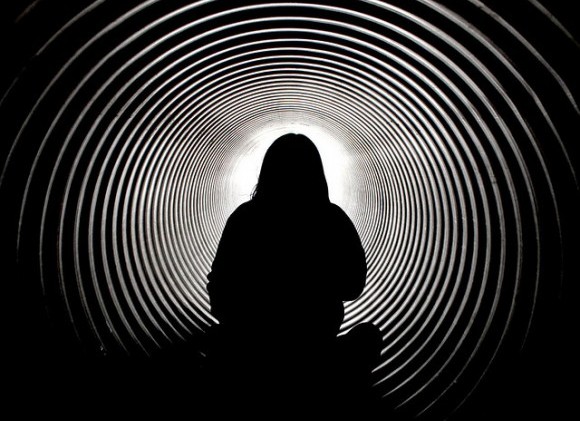Last night I dreamt that my mother was locked in the closet in the dorms. It was one of the most bizarre dreams I’ve ever had, especially since I no longer live in a college dorm and even when I did, the closets had no locks. So where did this visual come from?
If the revolutionary Austrian neurologist Sigmund Freud were alive today, he might tell me that my dream was a disguised fulfillment of a repressed wish. In fact, his whole theory was based on the belief that every action and thought is motivated by your subconscious at some level. One of the ways the subconscious can express itself is through dreams. But because the content of the subconscious realm may be extremely disturbing or even psychologically harmful, it must be expressed in symbolic form. According to Freud, exploring these hidden emotions through analysis could help cure mental illnesses. Therefore, dreams were a highly valuable aid to his psycho-analytic technique.
Freud utilized a technique called “free association” to chip through the seemingly bizarre and nonsensical content of the dream to reveal the underlying significance, or latent content of the dream. In utilizing this technique, the dreamer follows the exercise of object/symbol association, recalling thoughts or feelings that arise when presented with a certain object/symbol, thus allowing an analyst to provide a translation based on the context that is developed.
So I proceeded to use one of the many dream dictionaries available online and found out that my dream might represent a need for more emotional or mental security, physical boundaries, or privacy. I don’t know about that, since Freud was particularly preoccupied with sexual content in dreams. However, most therapists today have a much looser view of Freud’s theory of dream interpretation, accepting that dreams may express subconscious thoughts, although not necessarily those of childhood conflicts. So perhaps what my mother did (or didn’t do) in my childhood was not the root cause of my dream. Research into the chemistry of the brain has shown that emotional problems could have biological or chemical roots, as well as environmental ones. However, it can also be argued that technology like functional magnetic resonance imaging (fMRI) and positron emission tomography (PET) might actually lend new weight to Freud's ideas because they reveal that the parts of the brain that are most active during dreaming control emotion, which is the core of Freud's dream theory.
Yet the most interesting fact remains that the use of a common symbolism in dreams seems to extend beyond the use of a common language. There are a bunch of common symbols in dreams, such as being chased, falling, flying, losing an item, having an exam, being late, death, disaster etc. So you might be having dreams with guiding themes to the Aborigines that I described in my first post! All you need to do to obtain further insight into your unconscious psychical life is to start writing down your dreams, grab hold of a reliable dreamdictionary, and you can do some dream interpretation yourself!








